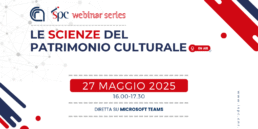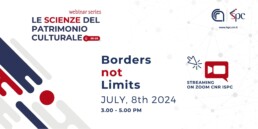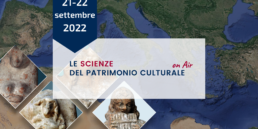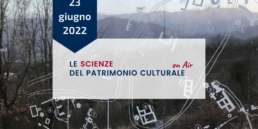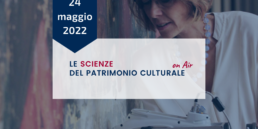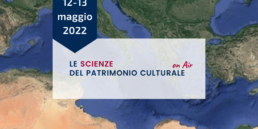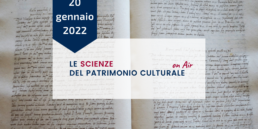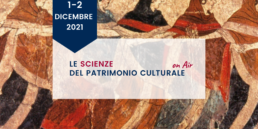Heritage Science on Air
From the Digitalisation to the Virtual Reconstruction and Sound Simulation of Ancient Musical Instruments: Methods, Results, Perspectives
25th February 2021, h.9.00-12.30
CNR ISPC on Air Webinar
From the Digitalisation to the Virtual Reconstruction and Sound Simulation of Ancient Musical Instruments: Methods, Results, Perspectives
How might using computational methods for processing the 3D models allow for a more accurate analysis of surfaces, volumes, internal structures, and density of materials of ancient instruments? How might these methods enable a non-invasive study of the instruments’ measurements and morphology, overcoming the limitations posed by their fragility?
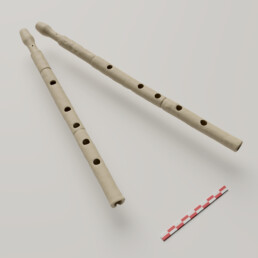
These are the topics of the webinar From the Digitalisation to the Virtual Reconstruction and Sound Simulation of Ancient Musical Instruments: Methods, Results, Perspectives, which will take place on Thursday, 25th February 2021. This webinar aims to discuss how digital technologies based on 3D modelling and sound simulation can expand our knowledge of ancient musical instruments. As it has emerged from the STESICHOROS project – which has been funded by the European Commission’s Marie Skłodowska-Curie Actions programme –, studies on 3D virtual reconstructions and sound simulations can help us in defining novel approaches and methodologies not only for the “active preservation” of musical instruments, but also in enriching our understanding of ancient music and musical cultural heritage.
Although reconstructions cannot tell us unequivocally how ancient users and audiences perceived the sounds of these instruments, they offer the chance to break through the time barrier by reviving sound emissions. By combining optical metrology with computational analysis, some of the subjective observations on ancient instruments can be substituted by measurable parameters, opening up new perspectives for the study of sounds and the artisan production process of ancient instruments.
Moreover, the webinar aims to explore the ancient sonic interactions and the spatial configuration of sanctuaries and theatres in their respective landscapes and environment in order to investigate the use of auralisation technology in the archaeological field, as well as experimental interpretative 3D reconstruction integrating acoustic models.
These topics will be addressed through the contributions of scholars working in various fields, including: archaeology, archaeomusicology, information engineering, interactive museums, musical heritage, physics, and virtual heritage.
